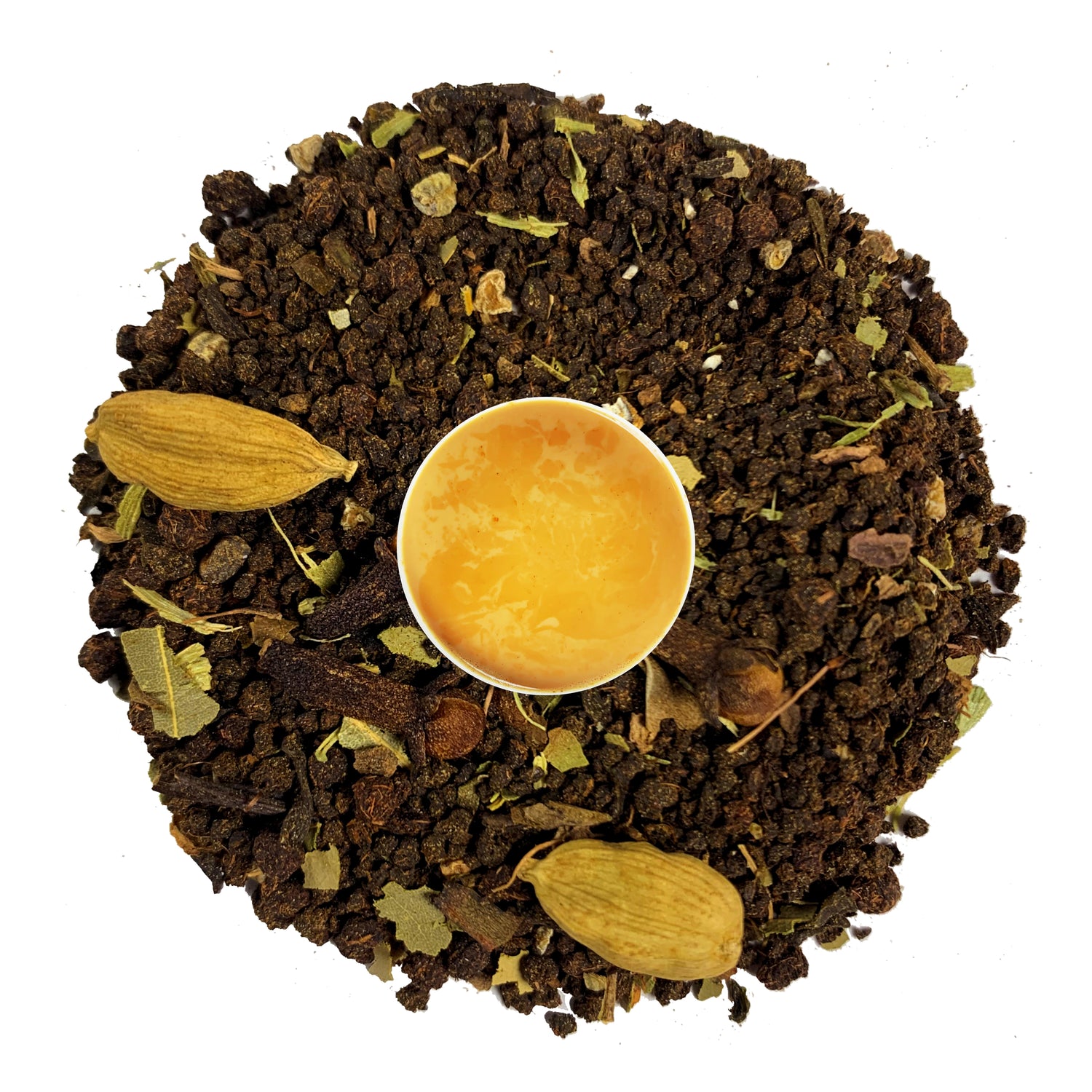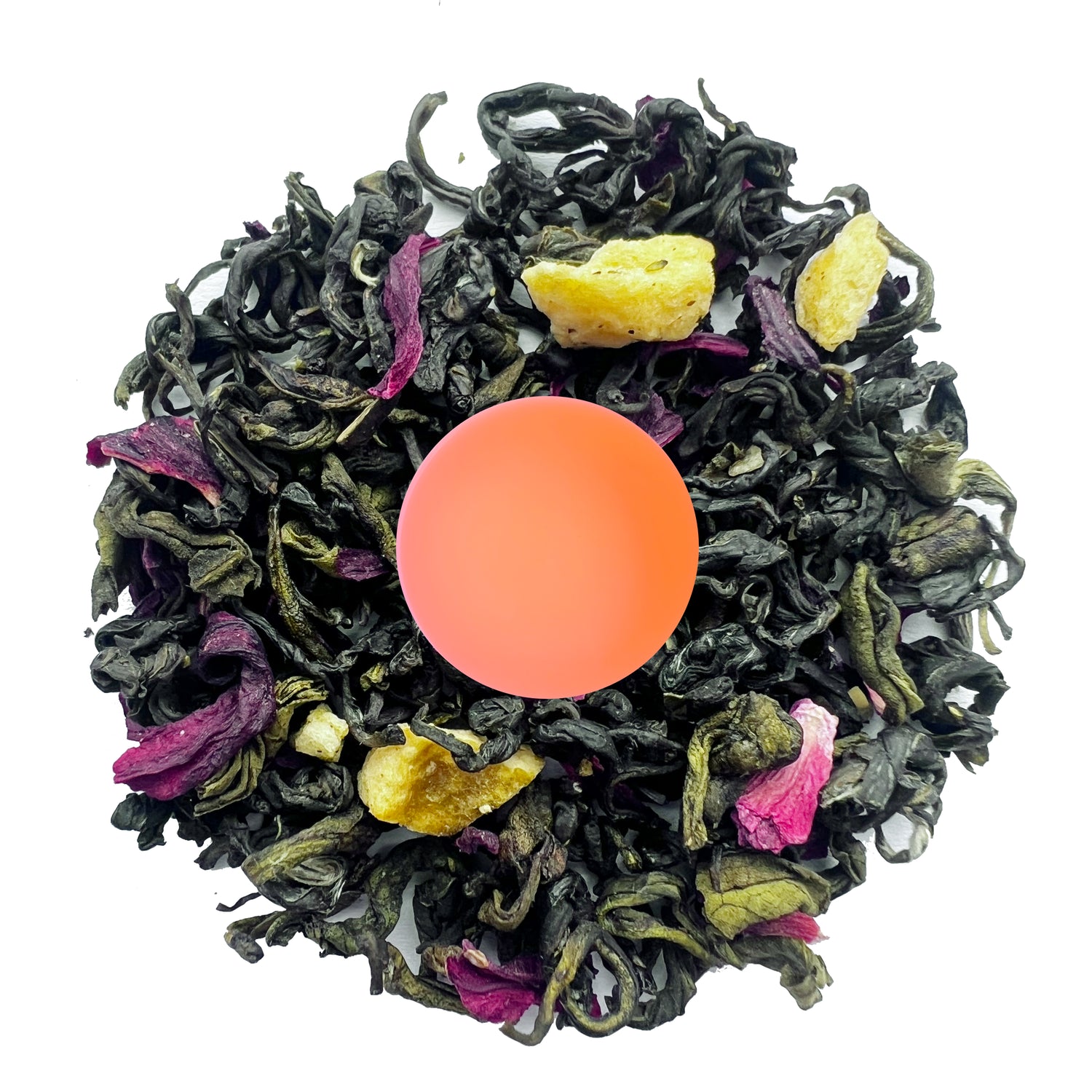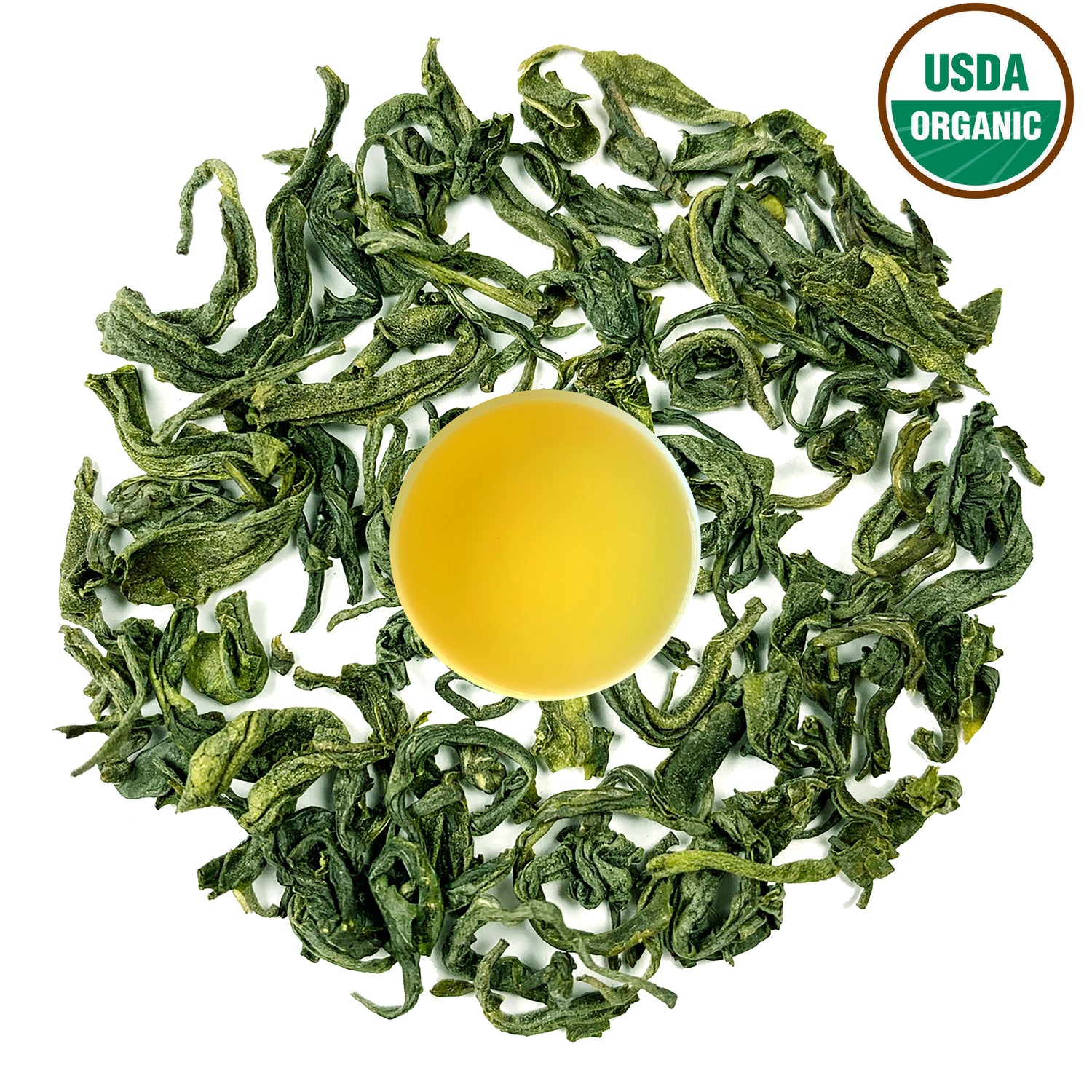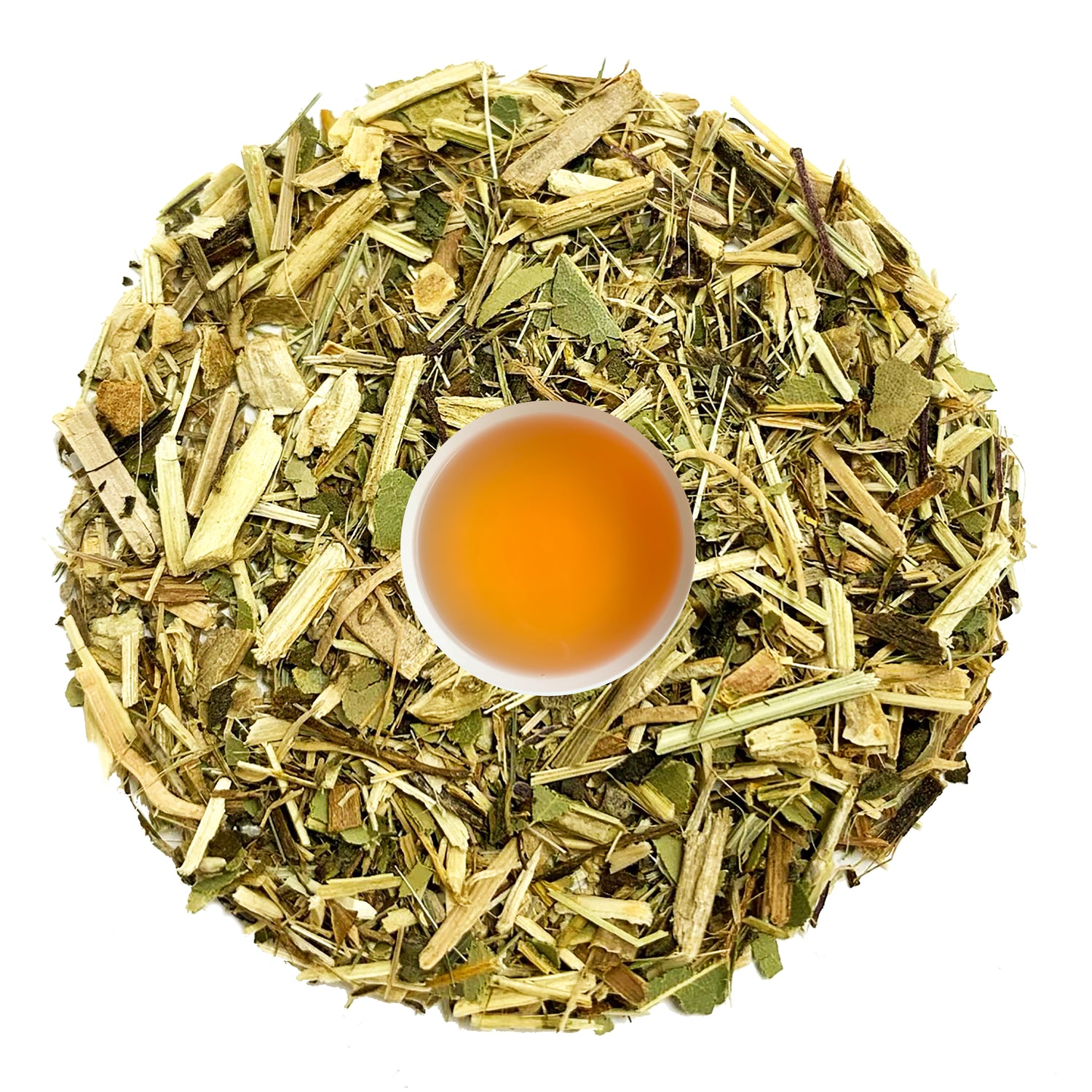
Global Tea: Secrets Of Comfort
Tea isn’t just something we drink—it’s something we live. It starts conversations, welcomes guests, warms cold mornings, and brings calm to chaotic afternoons.
But how do people make tea around the world? That’s where things get fascinating. The ingredients, the steps, the little traditions—they all reflect the heart of a place.
Let’s travel through some of the world’s most loved tea rituals—starting with a favorite close to home: Nepal.
Nepal: Chiya with Love
In Nepal, we call chai “chiya”—and it’s more than just a hot drink. It’s a way of saying, “Sit down, take a break, let’s talk.”
What’s in it?
-
Black tea leaves (usually from Ilam or Dhankuta)
-
Milk
-
Spices like cardamom, ginger, or cloves
-
Sugar (sometimes a generous amount)
You’ll find chiya everywhere—from the tiniest roadside stalls to the warmest corners of someone’s home. It’s how we start the day, catch up with friends, or welcome guests. No rush, no fuss—just a warm, milky cup full of comfort.
Want to know why tea tastes so different across countries? Check out this blog that dives into global brewing styles.
Japan: A Cup That Slows Time
Japanese tea culture is quiet and deeply intentional. It’s not about rushing—it’s about being.
The star of the show is matcha, a finely powdered green tea whisked with water until it froths.
The Ritual:
In a traditional matcha ceremony, every move matters. From how the tea bowl is cleaned to the way the tea is whisked, it’s all done slowly and with care. The goal? Be present. Savor each sip.
Drinking tea in Japan isn’t just refreshing—it’s grounding.
India: Masala Chai Full of Flavor
In India, chai is bold, sweet, and packed with spice—just like the conversations that happen over it.
What’s in it?
-
Black tea
-
Milk and sugar
-
A mix of spices: cardamom, cinnamon, cloves, black pepper—varies by region or even family
The process is straightforward but full of love: boil it strong, spice it well, and serve it piping hot. From crowded train stations to quiet kitchens, chai is everywhere. And everyone has their way of making it.
China: Where Tea Feels Like Wisdom
In China, tea is a gentle pause in the middle of the day. It’s not about fancy flavors—it’s about clarity and connection.
What’s brewed?
You’ll find everything from delicate jasmine to bold pu-erh. Most Chinese teas are brewed loose-leaf and enjoyed without milk or sugar.
The Ritual:
Brew the leaves in a small clay pot. Rinse them once to awaken the flavors. Then steep gently. Each cup reveals something new. It’s simple, mindful, and rich in meaning.
Curious what tea you’re served at a Chinese restaurant? It’s usually jasmine or oolong—light, refreshing, and smooth.
UK: The Classic Cuppa
British tea time is a tradition in its own right—and it’s all about comfort.
The Routine:
Boil the kettle. Steep strong black tea. Add milk, sugar (if you like), and a biscuit or two. Done.
Whether it’s morning, afternoon, or after a long day, “Let’s have a cuppa” usually means, “Let’s sit down and breathe.”
Morocco: Sweet, Minty, and Full of Charm
Tea in Morocco isn’t just a drink—it’s a warm welcome.
What’s in it?
-
Green tea
-
Fresh mint
-
A good amount of sugar
The tea is poured from high above into small glasses to make bubbles on top—a bit of flair with every pour. Guests are always served tea, and saying no isn’t really an option. It’s how they show generosity and friendship.
Different Styles, Same Purpose
Even though tea rituals vary from country to country, the purpose stays the same: to bring people together. Some cultures do it with ceremonies, some with spices, others with sugar and mint. But at the heart of it all is a shared moment.
Want to Try Nepal’s Chiya?
At Danfe Tea, we bring the real taste of Nepal straight from the hills to your teacup.
Explore our teas and try your own version of Nepali chiya—whether you like it spicy, creamy, or simple.
FAQs
1. What’s the most unique tea ritual in the world?
Each ritual is special, but the Japanese matcha ceremony and Moroccan mint tea service really stand out for their symbolism and technique.
2. How is Nepali chiya different from Indian chai?
Nepali chiya is usually lighter, with more floral notes. It uses similar spices but less milk and sugar, so the tea flavor shines through.
3. Can I recreate these tea rituals at home?
Of course! Start small—brew loose-leaf tea, experiment with spices, or try matcha. It doesn’t have to be perfect. Just make it your own.









